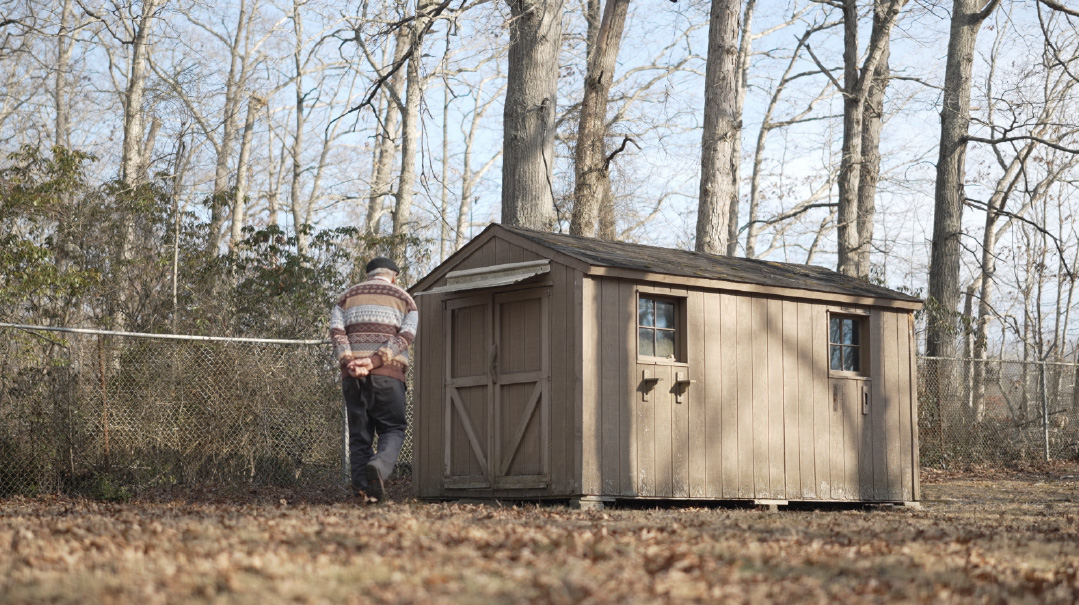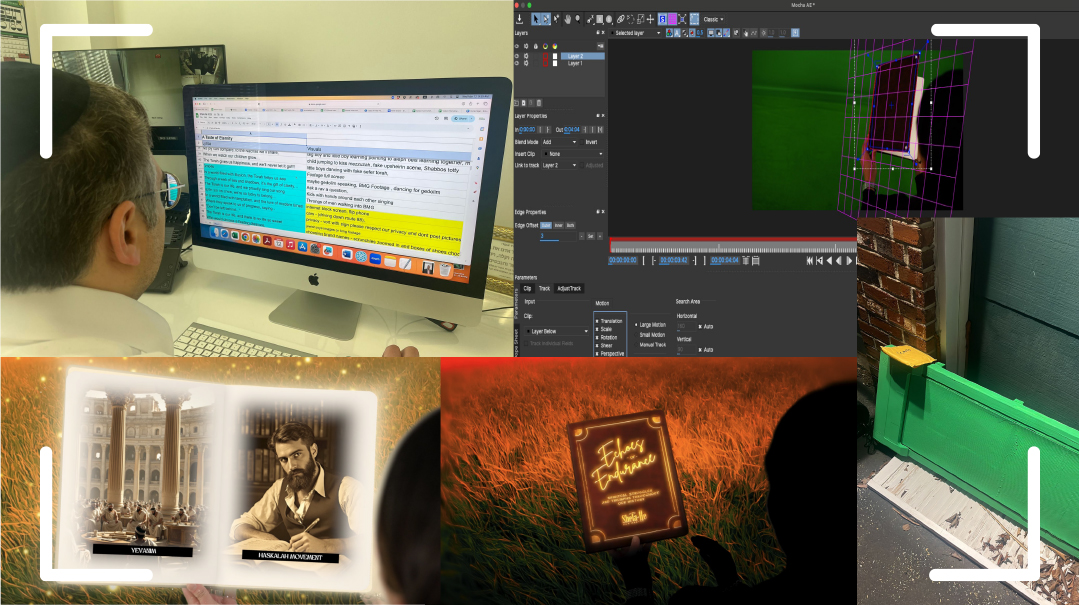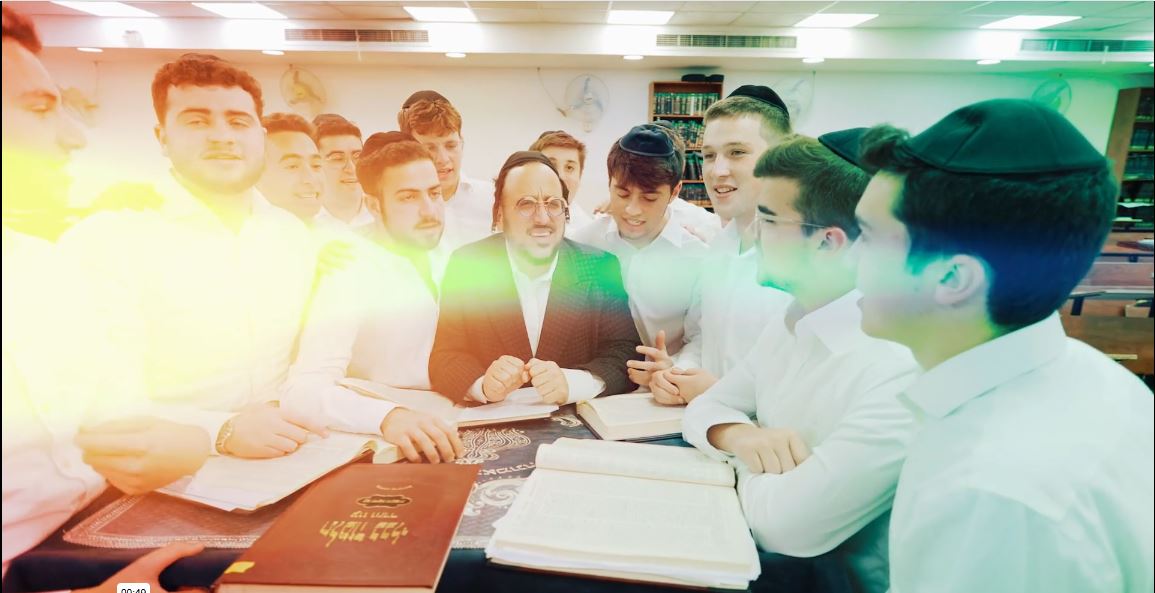Client: BINA Stroke & Brain Injury Assistance
| August 22, 2023When BINA founder and director Chavie Glustein reached out to me at the beginning of the winter, she had something else in mind
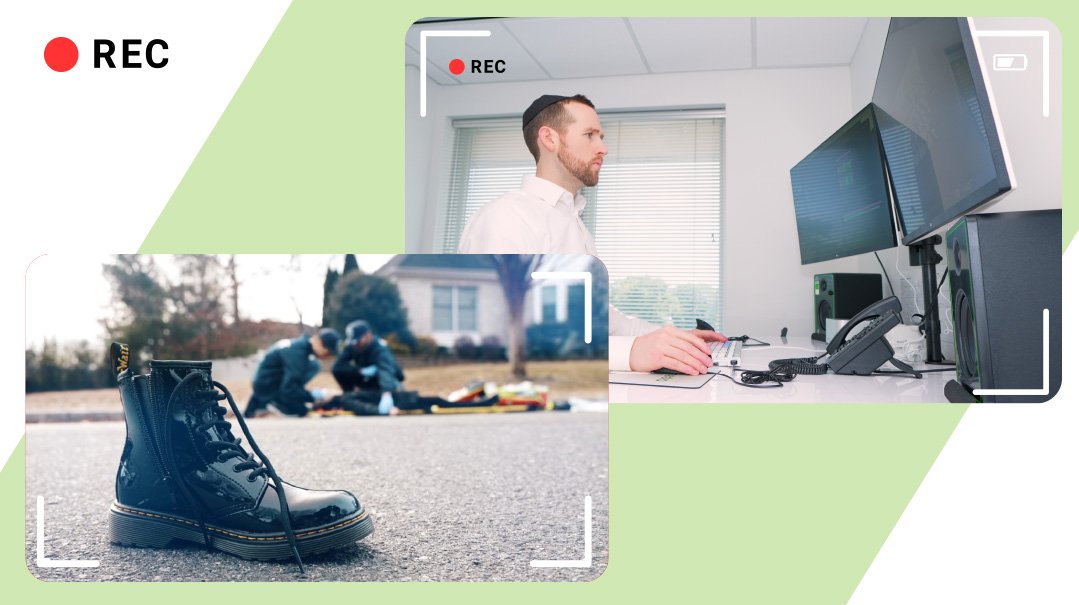
Client: BINA Stroke & Brain Injury Assistance
Objective: Create a 90-second video to bring awareness to how brain injury can occur in everyday situations
Film locations: 3 in Lakewood: Local ballfield, home interior and exterior, and a street scene, including car and bus interiors
Actors: 10: 4 men, 1 woman, 3 boys, 2 girls
Project Deadline: January 2022
The Proposal
I’ve had the privilege of working with BINA for seven years now. The past few videos we’ve made for them highlighted the importance of their services, guiding survivors of traumatic brain injuries and their families on their journey to rehab and recovery. We’d done that by sharing narratives of patients, filming reenactments of accidents, having a patient’s family share their story, and interviewing leading medical experts. The goal for each of these productions was to help viewers realize that the story doesn’t end when a victim awakens from a coma, or even when he’s released from the hospital. That’s just the beginning, and the underlying theme has been that the road to recovery can be long, complicated, and expensive.
This year, though, when BINA founder and director Chavie Glustein reached out to me at the beginning of the winter, she had something else in mind. One of the biggest challenges in a fundraising campaign is helping donors identify with the cause. The last thing you want is a sense of detachment, that feeling of Nebach, poor guy, but that would never be me. In our first call, Mrs. Glustein explained their mission for this year’s campaign: instead of focusing on the recovery process, the primary goal was to have viewers walk away with the realization of how traumatic brain injuries can happen to anyone, at any time.
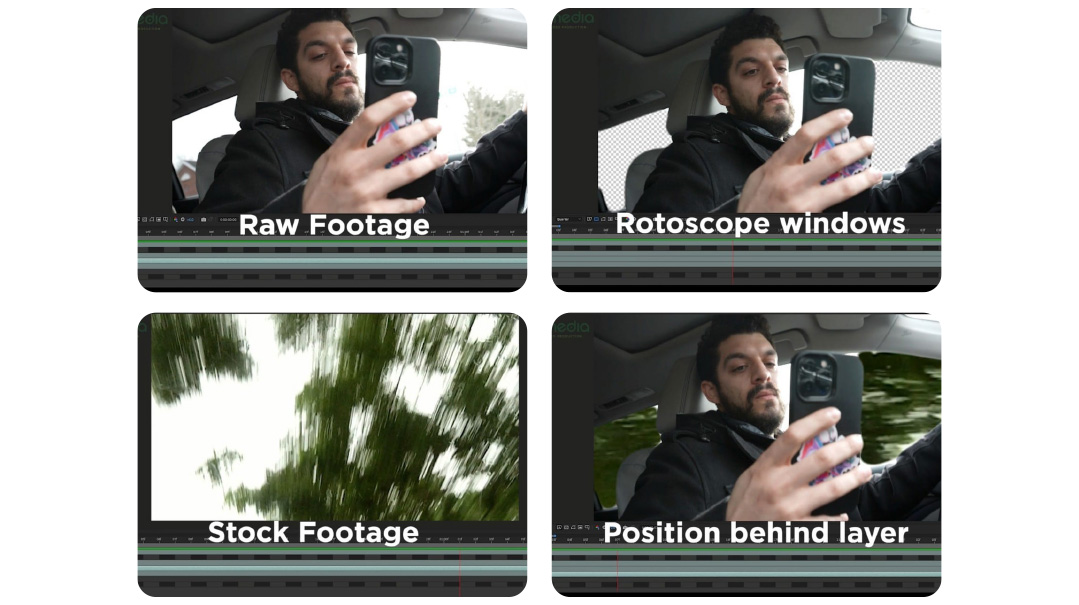
Pre-Production
In one of our initial discussions, we discussed having actors play out a few everyday scenes that come very close to brain injury. The first two would be narrow misses, with the last one actually resulting in a traumatic brain injury, which would segue into coverage of BINA’s vital work.
The challenge was coming up with scenarios that are dangerous enough for the potential injury to feel realistic, and at the same time universal enough that they can happen to anyone. One idea that came up early was a worker falling off a scaffolding, which is authentic, but it wouldn’t resonate with viewers who aren’t connected to the construction business. Another idea that was dismissed was a bicycle-riding injury. Although it checked the boxes of common and authentic, here the issue was more nuanced: Would our rider be wearing a helmet or not? It’s a catch-22 situation, because a helmetless rider means we risk losing sympathy if viewers blame the victim for not protecting himself, but a helmet might cause viewers to walk away saying there’s no reason to wear a helmet, because it doesn’t work.
After much back-and-forth, we settled on our three scenarios: a hard-thrown baseball narrowly missing a boy, a woman tripping over a scooter and nearly taking a headfirst dive into the concrete, and the final scene of a schoolgirl hit by a car as she comes off the bus.
Tricks of the Trade
As most of the video would be made up of the “near misses,” it was important to have them look as real and as frightening as possible without compromising on safety. (Our actors do sign waivers, but we want everyone to leave at the end of the day in the same condition they arrived.)
In the baseball scene, the script called for a speeding ball that just misses the batter’s head, but we obviously couldn’t just hurl balls at him until we got it right. To accomplish the shot we wanted, we used two production tricks:
- We set up our camera right behind the backstop — the protective fence behind home plate — with the lens positioned between the chain links so that the view wasn’t obstructed, and threw balls directly at the camera, videoing various angles and speeds. Next, we filmed the boys playing in that same field of view so that the backgrounds matched exactly. In production, we combined the two recordings to show the ball and the boys together.
- We wanted the batter to look visibly startled when the ball got too close for comfort, but as we were only putting the ball shot in after, we had to improvise. The easiest way to have someone flinch authentically is to quickly wave something in his face. Using a hand or something similar produces the right expression but gets in way of the camera. The workaround? We used the camera itself! By suddenly advancing it up close to the actor’s face, his natural reflexes kicked in, giving us the recoil we needed — and a clear shot of it, too. Pretty clever, no?
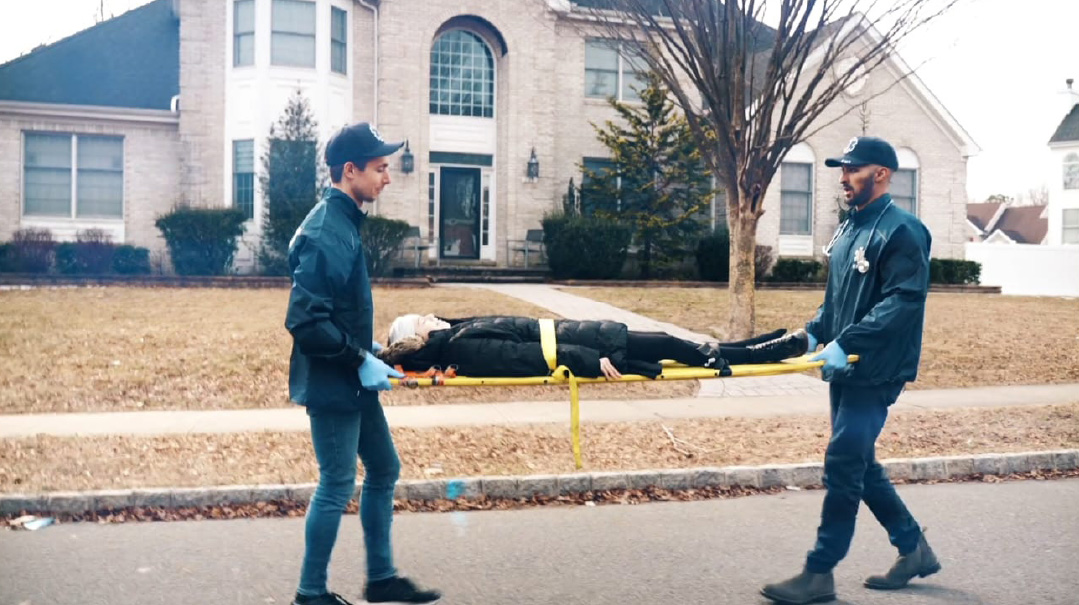
Visual Storytelling
A dramatic video such as this one requires not only the storyline, but also a suspenseful way of telling it. In the final product, we went back and forth between the three narratives to build the heart-pounding sense of dread. I even went so far as to rent a school bus to film the girl playing pat-a-cake with her friend on her way home from school. Little details like this help a viewer connect with the actor-victim, as well as build tension as the scene comes slowly to its inevitable conclusion.
Another important piece in this storyline was how to portray the actual point of impact, the car hitting the girl. We used a number of cinematography tricks, the most basic being starting the scene with the car’s grille touching the terrified girl, and then reversing at high speed. In the editing stages we reversed the frames, so the car heads directly toward her instead of away. Executive VFX Director Mordy Fisgus suggested not having the climax be the moment of impact, though. He said it should be a more symbolic shot of a single shoe spinning on the road, and the viewer infers what that means. Not only does that reduce the “gory factor,” he explained, but it would actually increase the emotional effect.
“I know that may seem counterintuitive, but a viewer’s imagination is more potent than any visual we can produce,” Mordy said. “Let’s leave that space for them to fill in the blanks on their own.”
I agreed with him — and I had the honors of tossing the shoe into the street when we did the shoot.
Filming Limitations
There are many things our talented editors and effects department can do postproduction, but I try to have the filming done the right way as much as possible and not to simply rely on editing. This saves precious time, as what takes a minute in real life may take hours to reproduce virtually.
This isn’t always feasible. In this case, the driving scene called for the actor to drive at high speed while texting, leading to him running a stop sign and hitting the girl. Obviously we weren’t going to play that out in real life, but it was integral to the story. We filmed the actor texting while the car was stationary, and in the editing stages, Mordy Fisgus subbed the windows of the car with fast-moving scenery, simulating motion. With a few well-placed sound effects, it really seems like the car is traveling at high speed.
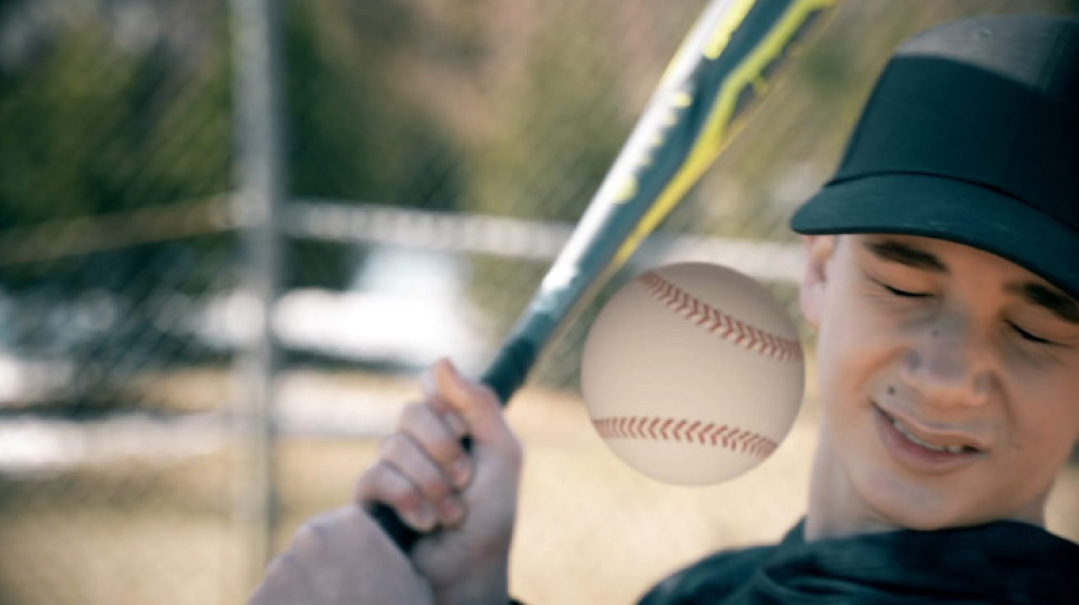
Crossing T’s and Dotting I’s
Even with all of these impressive filming and editing tricks in our bag, old-fashioned attention to detail is what sets a good production apart. In the final scene of the car accident, we had two actors dressed as EMTs carrying the girl away on a stretcher. This video will be watched by a discerning crowd, including people in the medical community, so I wanted to make sure the scene is realistic. In addition to the actors, I hired an EMT to be on set as a consultant, training the actors in how to care for the victim, and providing us with professional equipment to use to use in the scene.
Callback
“The suspense of that impending crash was so real, I had to close my eyes!” a prominent marketer told Mrs. Glustein and the BINA staff. “I was literally unable to watch it through.”
Her reaction also confirmed that we took the right direction with the video. Initially, we’d been discussing whether to show three actual injuries, or just one with two near misses. Though the suspense is important, we don’t want the viewer cringing beginning to end — that’s too much.
Finding the balance between dramatic suspense and a depressing, graphic production was a bit of a tightrope walk, and based on the feedback, we got it right: The one actual injury is enough to drive home BINA’s message.
(Originally featured in Mishpacha, Issue 975)
Oops! We could not locate your form.


